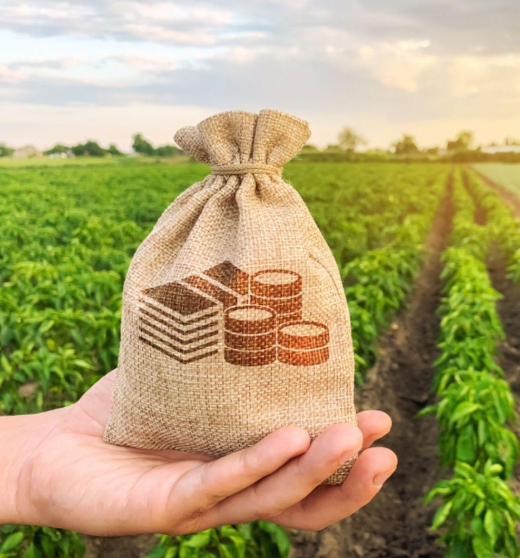Agricultural commodity traders are the behind-the-scenes players that keep the global food supply chain running. These professionals are responsible for sourcing and distributing essential products like corn, wheat, coffee, and soybeans. By analyzing market conditions, negotiating contracts, and managing financial risks, they help ensure food and agricultural goods move efficiently from farms to consumers worldwide.
This dynamic profession demands quick thinking, sharp market instincts, and a solid grasp of international trade. In an industry shaped by weather, politics, and shifting demand, successful traders must be agile and well-informed.
Leading Agricultural Commodities on the Market
A wide variety of agricultural products are actively traded across international markets. Among the most significant are:
- Grains: Staples like wheat, rice, and corn dominate global trade due to their role in both human consumption and animal feed.
- Oilseeds: Soybeans, palm oil, and canola are heavily traded because of their applications in cooking, animal nutrition, and renewable fuels.
- Dairy: Milk, cheese, and other dairy products are globally traded and processed into a range of consumer goods.
- Meat and Poultry: Products like pork, beef, and chicken are traded across borders to meet dietary demand.
- Tropical Commodities: Coffee, cocoa, and sugar are essential exports for many countries and are widely consumed around the world.
Most Actively Traded Agricultural Commodities
Corn, wheat, and soybeans lead global agricultural trade volumes. These commodities serve as core ingredients in food production, livestock feed, and various industrial uses, making them highly influential in global market pricing and food security.
Responsibilities of an Agricultural Commodity Trader
These traders work for firms that manage every aspect of the commodity lifecycle—from procurement and processing to marketing and logistics. Their role extends across sourcing raw materials, negotiating supply agreements, handling shipping logistics, and using financial instruments to protect against price swings.
The job requires balancing short-term profitability with long-term risk management, often across multiple regions and regulatory environments.
How Agricultural Commodities Are Traded
There are several main methods for trading agricultural goods:
- Futures Contracts: This approach allows buyers and sellers to agree on a fixed price for future delivery. It helps farmers lock in prices and lets traders speculate on future market conditions.
- Spot Trading: Here, goods are exchanged immediately at current market rates. While less common for agriculture due to storage and delivery logistics, it plays a role in certain transactions.
- Options Contracts: These provide the right—but not the obligation—to buy or sell at a set price by a specified date, offering more strategic flexibility than traditional futures.
Market Forces That Influence Agricultural Trade
The agricultural commodity market is shaped by a blend of economic, environmental, and technological factors. Key influencers include:
1. Price Volatility
Fluctuating prices are driven by changes in supply and demand, political events, and global trade shifts. Traders must stay alert to these movements, often using tools like moving averages, support levels, and trend analysis to guide their decisions.
2. Technological Progress
Modern farming has been transformed by innovations like precision agriculture, satellite imagery, and automation. These improvements boost crop yields while reducing input costs, affecting supply dynamics and profitability. Traders also benefit from faster access to market data, improving their ability to respond to shifting trends.
3. Climate and Weather Events
Unpredictable weather patterns—from droughts to hurricanes—can devastate harvests and impact commodity availability. Traders closely monitor climate forecasts to anticipate supply disruptions and adjust positions accordingly. This added volatility can also create new profit opportunities for those who react quickly and strategically.
Conclusion
Agricultural commodity traders are essential to feeding the world. By navigating complex market forces and ensuring smooth movement of key goods, they play a central role in global food security and economic stability. As climate patterns evolve and technology advances, these traders must continually adapt to stay ahead in a fast-paced and ever-changing market.
